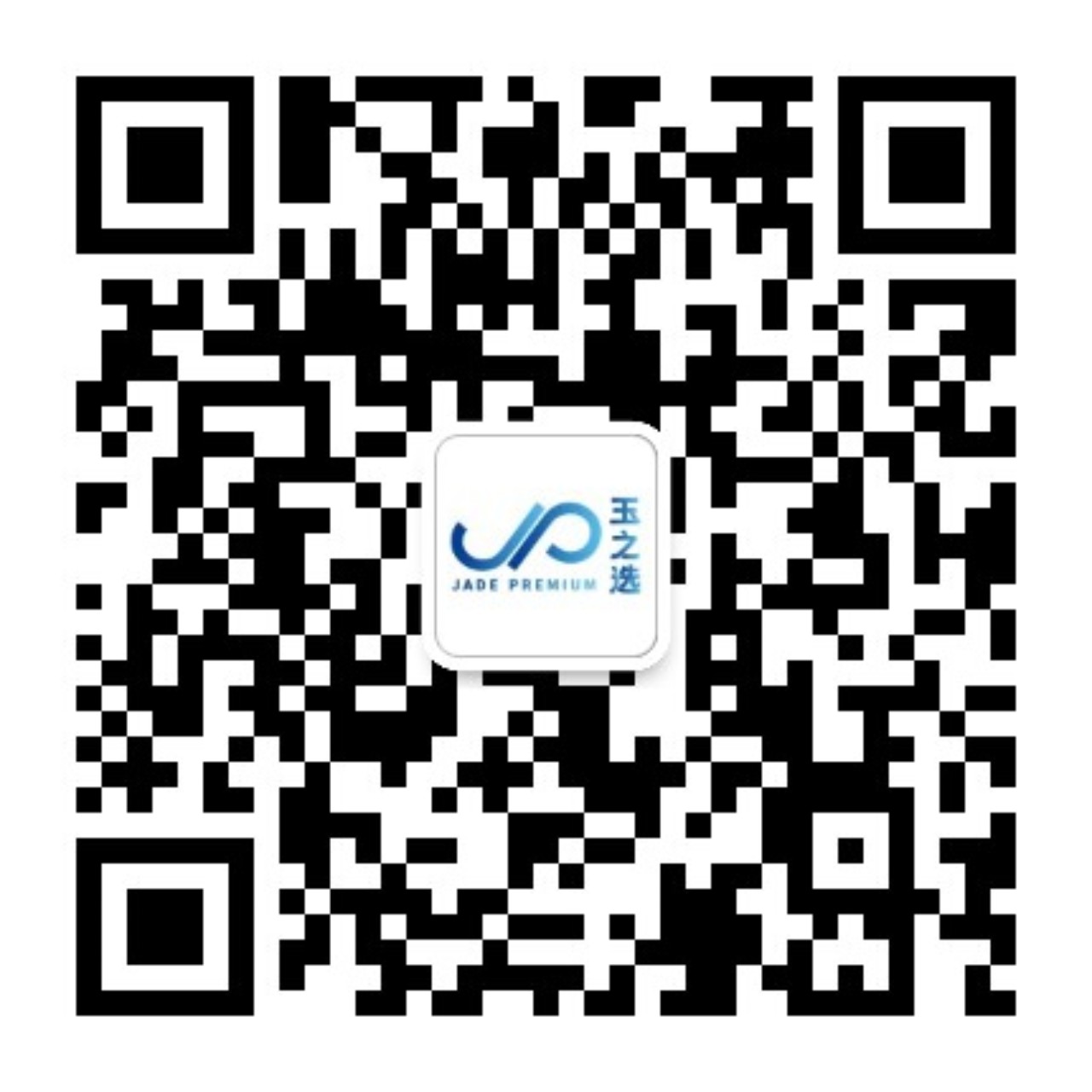Malaysia Market Overview and Export Documentation
2024-05-13Overview
Malaysia is located in Southeast Asia with a land area of approximately 330,000 square kilometers, divided into East and West Malaysia by the South China Sea. Positioned near the Strait of Malacca—one of the world’s busiest maritime routes—Malaysia holds a key location in Asia’s logistics chain. Two critical ports, Port Klang and Tanjung Pelepas, serve as major gateways to global supply chains.
Kuala Lumpur, the capital and largest city, plays a vital role in the region's cultural, educational, economic, and financial sectors. As a diplomatic hub in Southeast Asia, Malaysia is geographically close to Indonesia, India, and the Middle East, with deep cultural and economic ties to those regions.
Malaysia is a multiethnic and multilingual society:
Malay: 69.1%
Chinese: 23%
Indian: 6.9%
Others: 1%
As a result, Malay, English, and Chinese are commonly used languages in business and daily life.
Bilateral Trade with China
China has remained Malaysia’s largest trading partner for 13 consecutive years. As the third-largest economy in Southeast Asia, Malaysia has a high per capita GDP in the region. In the 2023 IMD World Competitiveness Ranking, Malaysia ranked 27th globally—second in Southeast Asia—outperforming Japan, South Korea, the UK, Thailand, and France in overall business environment.
Malaysia’s food and beverage manufacturing industry is well-developed. Its multicultural background fosters demand for niche, ethnic, and specialty foods—including health foods, flavorings, and food ingredients. Major ports include Port Klang, Penang Port, Tanjung Pelepas, and Port Kelang, all among the world's significant cargo hubs.
Economic and E-Commerce Potential
Malaysia has a population of over 30 million with a per capita GDP of USD 12,000. In 2022, the average household income rose by 2.4% to MYR 8,479 (approx. SGD 2,480). According to government reports, 83.9% of gross household income is disposable.
The e-commerce sector in Malaysia is rapidly expanding. Between 2019 and 2025, the average annual growth rate is expected to reach 18.8%, significantly higher than the global average of 11%.
Required Certificates of Origin for Exporting to Malaysia
1. ASEAN-China Free Trade Area (Form E)
The Form E Certificate of Origin is the most commonly used document for Chinese exports to Malaysia. Issued under the ASEAN-China Free Trade Agreement (ACFTA), it allows eligible Chinese products to enjoy zero or reduced tariffs, helping lower import costs and enhance product competitiveness in the Malaysian market.
Note: Compliance with origin rules, trade mode, and transport conditions is required. Exporters must consult relevant authorities and prepare documents in advance.
2. RCEP Certificate of Origin
With the implementation of the Regional Comprehensive Economic Partnership (RCEP), the RCEP Certificate of Origin has become increasingly important. Like Form E, it enables products to enjoy preferential tariffs under the RCEP framework, covering a broader range of trade partners including Malaysia.
3. General Certificate of Origin (CO)
This is a non-preferential certificate used to confirm the origin of goods. Although it does not grant tariff reductions, it is still essential for customs clearance, proof of origin, or other specific requirements in certain scenarios.

